
How to Use MP303-2 power supply: Examples, Pinouts, and Specs
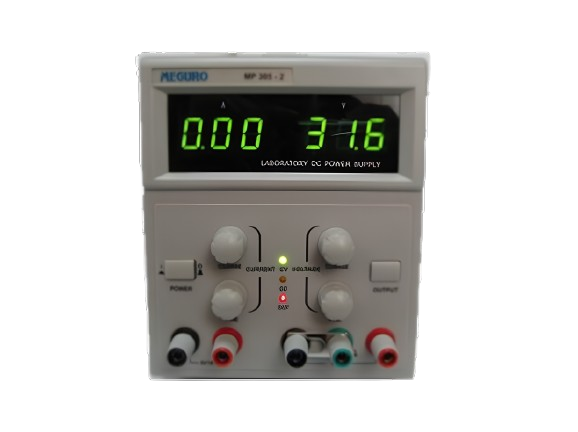
 Design with MP303-2 power supply in Cirkit Designer
Design with MP303-2 power supply in Cirkit DesignerIntroduction
The MP303-2 is a compact and versatile power supply designed to deliver stable and regulated output voltage for a wide range of electronic applications. It is equipped with multiple output channels, adjustable voltage settings, and robust built-in protection mechanisms, making it suitable for both hobbyist and professional use. The MP303-2 is commonly used in prototyping, testing, and powering electronic circuits that require precise voltage control.
Explore Projects Built with MP303-2 power supply
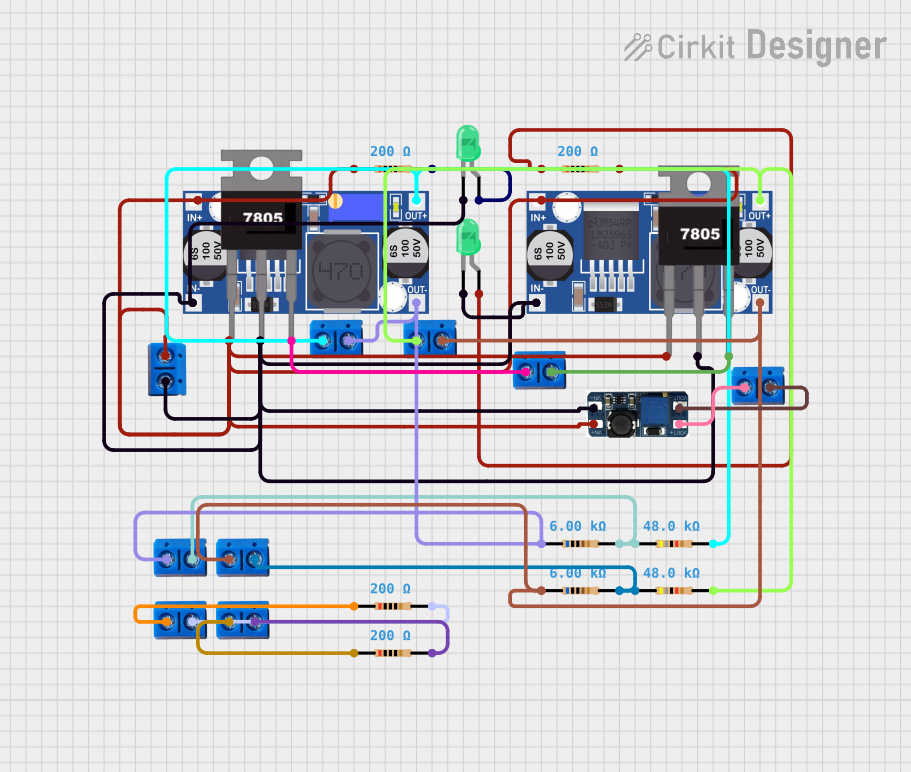
 Open Project in Cirkit Designer
Open Project in Cirkit Designer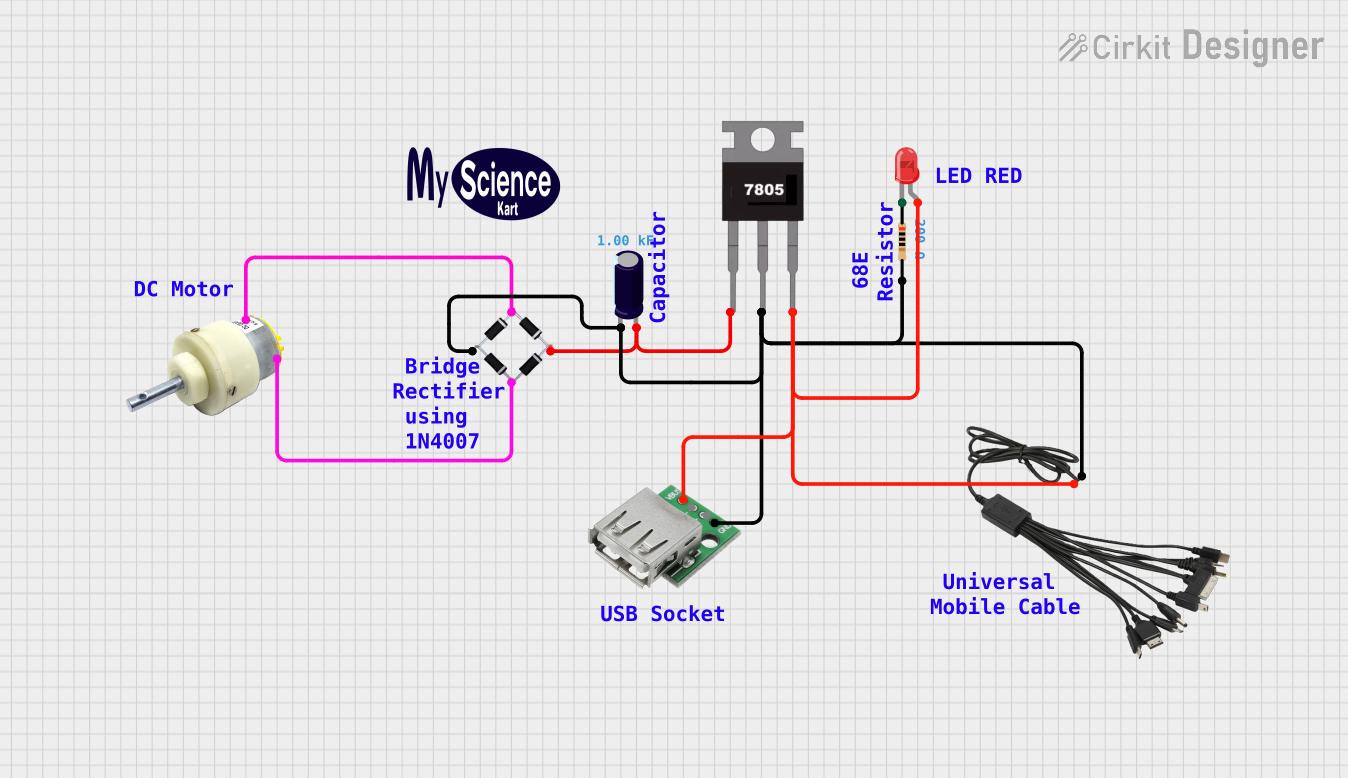
 Open Project in Cirkit Designer
Open Project in Cirkit Designer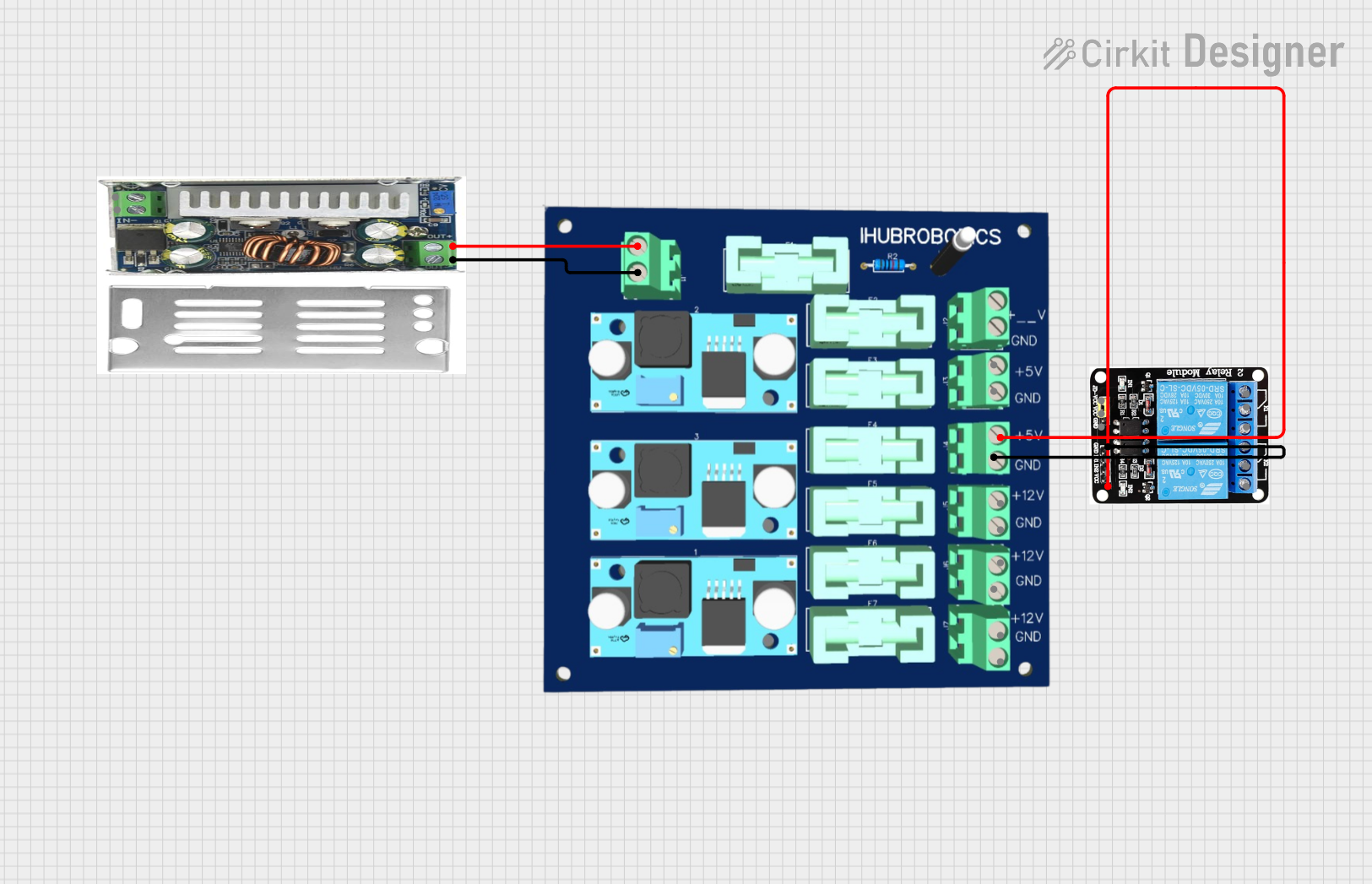
 Open Project in Cirkit Designer
Open Project in Cirkit Designer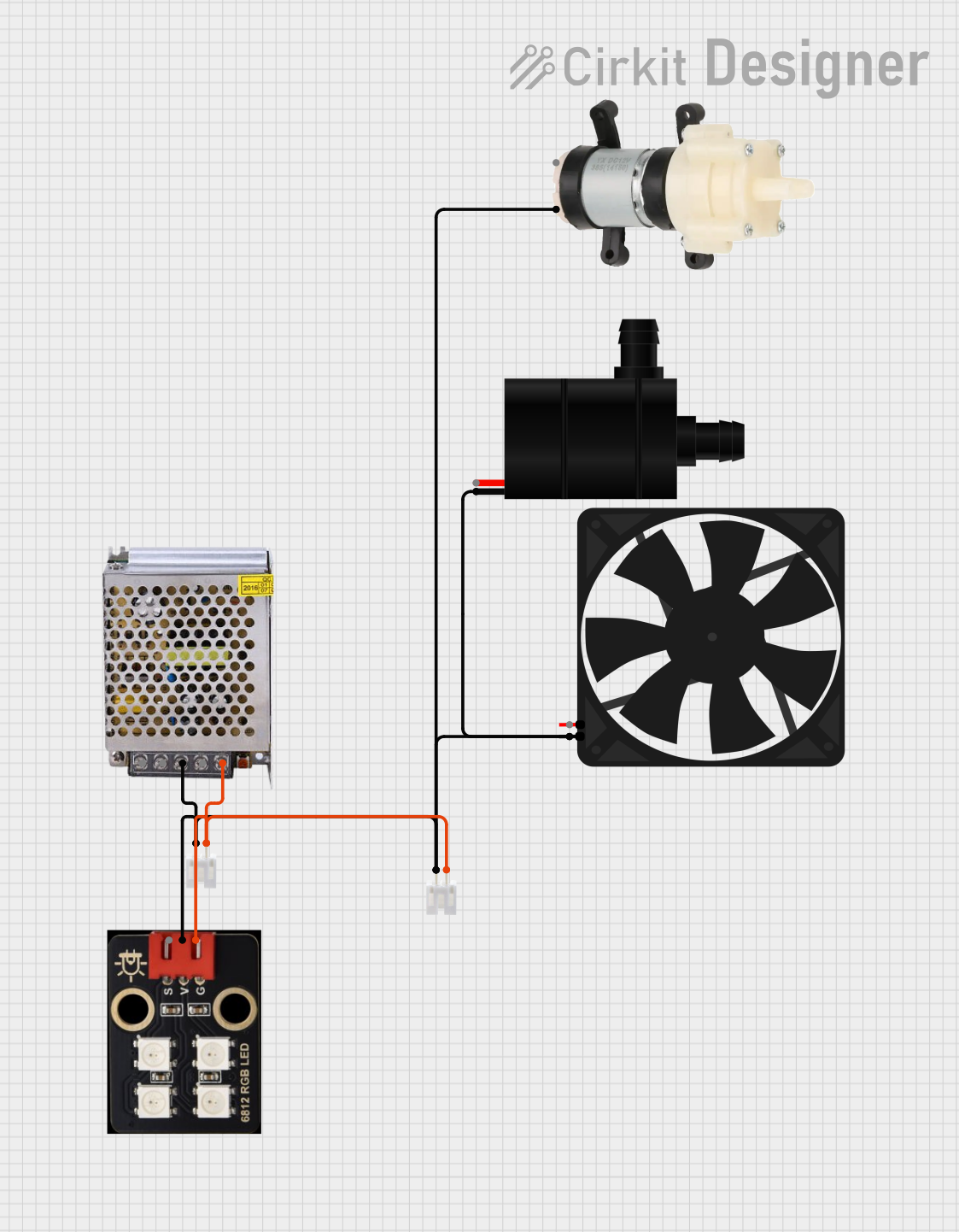
 Open Project in Cirkit Designer
Open Project in Cirkit DesignerExplore Projects Built with MP303-2 power supply

 Open Project in Cirkit Designer
Open Project in Cirkit Designer
 Open Project in Cirkit Designer
Open Project in Cirkit Designer
 Open Project in Cirkit Designer
Open Project in Cirkit Designer
 Open Project in Cirkit Designer
Open Project in Cirkit DesignerCommon Applications
- Powering microcontrollers, sensors, and modules in embedded systems
- Testing and debugging electronic circuits
- Laboratory and educational use for experiments
- Providing stable power for audio, communication, and industrial devices
Technical Specifications
Key Technical Details
| Parameter | Value |
|---|---|
| Input Voltage Range | 100-240V AC, 50/60Hz |
| Output Voltage Range | 0-30V DC (adjustable) |
| Output Current Range | 0-2A DC (adjustable) |
| Number of Output Channels | 2 |
| Voltage Regulation | ±0.01% |
| Ripple and Noise | <10mV RMS |
| Protection Features | Overvoltage, overcurrent, short circuit |
| Dimensions | 150mm x 80mm x 50mm |
| Weight | 500g |
Pin Configuration and Descriptions
The MP303-2 power supply typically features the following connectors and controls:
| Pin/Connector/Control | Description |
|---|---|
| AC Input Port | Connects to the mains power supply (100-240V AC). |
| Output Channel 1 (+/-) | Provides adjustable DC voltage and current. |
| Output Channel 2 (+/-) | Provides adjustable DC voltage and current. |
| Voltage Adjustment Knob | Adjusts the output voltage for the selected channel. |
| Current Adjustment Knob | Adjusts the output current for the selected channel. |
| Power Switch | Turns the power supply on or off. |
| Display Panel | Shows real-time voltage, current, and power readings. |
Usage Instructions
How to Use the MP303-2 in a Circuit
Connect the Power Supply to AC Mains:
- Plug the AC input port of the MP303-2 into a standard wall outlet (100-240V AC).
- Ensure the power switch is in the "OFF" position before connecting.
Set the Desired Voltage and Current:
- Use the voltage adjustment knob to set the required output voltage.
- Use the current adjustment knob to limit the maximum current output.
Connect the Output Terminals to Your Circuit:
- Use the "+" and "−" terminals of the desired output channel to connect to your circuit.
- Double-check the polarity to avoid damage to your components.
Power On the Supply:
- Turn on the power switch and verify the output voltage and current on the display panel.
- Adjust the settings as needed while monitoring the display.
Monitor and Operate:
- Continuously monitor the display to ensure the voltage and current remain within safe limits for your circuit.
Important Considerations and Best Practices
- Always verify the voltage and current requirements of your circuit before connecting the MP303-2.
- Avoid shorting the output terminals, even though the power supply has built-in protection.
- Use proper heat dissipation for high-power applications to prevent overheating.
- Disconnect the power supply from the mains when not in use to conserve energy and ensure safety.
Example: Using MP303-2 with an Arduino UNO
The MP303-2 can be used to power an Arduino UNO by providing a stable 5V DC output. Below is an example of how to connect and use it:
- Set the MP303-2 output voltage to 5V using the voltage adjustment knob.
- Connect the "+" terminal of the MP303-2 to the Arduino's 5V pin.
- Connect the "−" terminal of the MP303-2 to the Arduino's GND pin.
- Power on the MP303-2 and verify the Arduino is functioning correctly.
Here is a simple Arduino code example to blink an LED while powered by the MP303-2:
// Simple LED Blink Example
// This code blinks an LED connected to pin 13 of the Arduino UNO.
// Ensure the MP303-2 is set to 5V and connected to the Arduino's 5V and GND pins.
void setup() {
pinMode(13, OUTPUT); // Set pin 13 as an output pin
}
void loop() {
digitalWrite(13, HIGH); // Turn the LED on
delay(1000); // Wait for 1 second
digitalWrite(13, LOW); // Turn the LED off
delay(1000); // Wait for 1 second
}
Troubleshooting and FAQs
Common Issues and Solutions
| Issue | Possible Cause | Solution |
|---|---|---|
| No output voltage | Power switch is off | Turn on the power switch. |
| AC mains not connected | Check the AC input connection. | |
| Output voltage fluctuates | Loose connections | Ensure all connections are secure. |
| Overcurrent protection activated | Reduce the load current. | |
| Display shows incorrect readings | Calibration issue | Recalibrate the power supply if possible. |
| Faulty display panel | Contact the manufacturer for support. |
FAQs
Can I use the MP303-2 to power multiple devices simultaneously?
- Yes, the MP303-2 has two independent output channels, allowing you to power multiple devices. Ensure the total current draw does not exceed the rated limits.
What happens if I accidentally short the output terminals?
- The MP303-2 has built-in short-circuit protection. However, it is recommended to avoid intentional shorting to prevent unnecessary stress on the device.
Can I use the MP303-2 to charge batteries?
- Yes, but ensure the voltage and current settings are appropriate for the specific battery type and capacity. Monitor the charging process to prevent overcharging.
How do I clean the MP303-2?
- Use a soft, dry cloth to clean the exterior. Avoid using water or solvents, as they may damage the device.
By following this documentation, users can safely and effectively operate the MP303-2 power supply for a variety of applications.